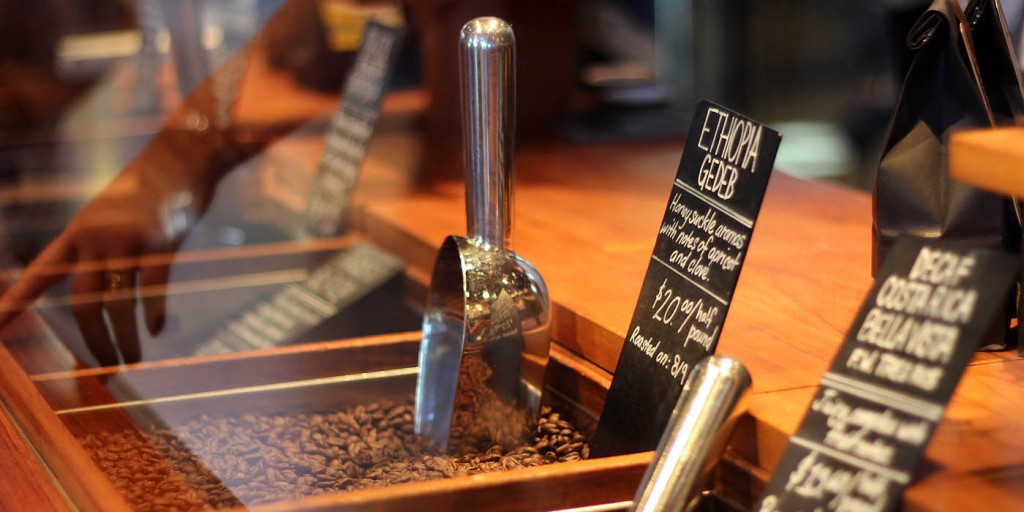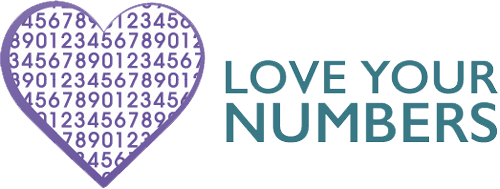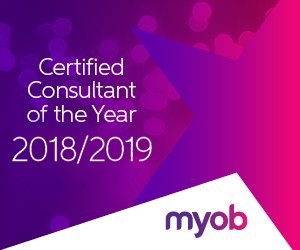Work out a price for your product

There are a number of ways to arrive at the price to charge customers. Regardless of which method you use for pricing your product, you’ll need to know what it costs to supply your product to be sure you’re able to operate at a profit. Alternatively, you’ll need to know the cost to your business if you plan to use a product as a loss leader.
Work out your costs
The first step is always to work out what it costs you to supply the product. To do this, you’ll need to work out the direct and indirect costs (also known as the fixed and variable costs) involved in producing and supplying your product.
A manufacturer, for example, would need to work out the total cost of all the materials used to create the product, as well as a portion of costs such as salaries and wages (including production and administrative staff), rent and levies, transport and insurance, office supplies and utility accounts.
The cost for a retailer would include the cost price of the product, or products if you’re bundling products together as a package, and a portion of the overhead costs including wages, advertising, rental costs and the like.
Ask your accountant or financial adviser to check your figures to make sure you haven’t overlooked any important costs.
Cost-plus pricing
With the cost-plus pricing model, you add on a fixed percentage of the cost price to provide you with an acceptable level of profit. Manufacturers will often add between 40 and 50 percent to the cost price of a product to arrive at the selling price. So, if it costs $20 to produce an item it will sell for between $28 and $30.
Cost-plus pricing works best in a market where there is a lot of price competition and high sales volumes. Be aware that this model is based on input costs and ignores other factors such as customer perception of quality, what the market would pay for the product and what your competitors are charging.
Value-based pricing
With the value-based pricing model, your price is not based on cost but on what you believe customers would be prepared to pay for the product. The value-based model gives you the flexibility to arrive at a price that is higher than the cost-plus model, allowing you to charge for the perceived value of your product.
Value-based pricing works best in a market where you have a distinct advantage over your competitors and where you have established customers who are prepared to pay a premium for your product – either because of quality, being first to market with the latest technology, or providing organic or eco-friendly options not provided by your competitors.
Competitor-based pricing
With the competitor-based pricing model, you’ll base the price of your product relative to the price your competitors are charging. If you believe you have a market advantage and people perceive your product as superior, you might decide to set your price slightly above that of the highest price charged by your competitor.
If you want to be perceived as offering good quality at a reasonable price, you might pitch your product price at around 10 to 20 percent below your market leading competitors. And if you want to be seen as offering value for money, you might pitch your price around the level, or just below that, of the lowest prices charged by your competitors.
Prestige pricing
If you are first to market with a new product or have a well-known brand, you can consider prestige pricing. Much like the value-based pricing model, you charge what you think your customers will pay – adding a premium for the prestige associated with buying a top fashion brand or cutting-edge technology.
Most small businesses are not likely to use this pricing model, but you can consider it if you develop a leading brand or develop a market-leading product.
Loss leader pricing
One fairly common tactic is to lure customers to your store with a loss leader. With the loss leader pricing model, you price a product sufficiently below the price of your competitors, sometimes even below cost, to encourage customers to come and buy from your store with the expectation that once there, they will buy other items at the normal price.
Supermarkets are well known for using loss leaders for everyday price-sensitive products, such as milk and bread, on the assumption that most people will buy other groceries once in the store.
Loss leaders can be an effective way to attract a new customer, but you need to ensure that you make enough other sales to benefit from it. If people only buy the loss leader product from you and never visit your store again, you will lose money.
Discounts
Offering discounts such as 20 percent off for a limited period can be an effective way to increase sales, but discounting shouldn’t become so regular that people expect it. If you offer regular, predictable discounts, your customers will soon learn to wait for your regular sale rather than buy the product at your normal list price.
It’s also interesting to note that most customers perceive a free gift as being of more value than a discount – so consider offering a sample product free with a purchase rather than simply offering 15 percent off.
Volume discounts
With the volume discounting model, you will offer your customers savings for buying more items. You might price one item at $5 but offer customers a volume discount of three items for $10. Alternatively, you could frame the same deal as buy two, get one free.
With volume discounts, it would be standard to set your volume discount price at your standard cost-plus percentage mark up and add extra to the single unit price.
Price breaks
You’re likely to use a combination of methods to work out a price for your product, using one as a validation against the other. In addition, if the price you work out for your products is near a psychological price break or barrier such as $10, where $9.99 would be perceived as cheaper, you might decide to lower your price to keep it below $10. Alternatively, you might decide to increase the price to $12.99 (still below the next price break of $15), with the expectation that the increase in profit will make up for slightly lower sales.


